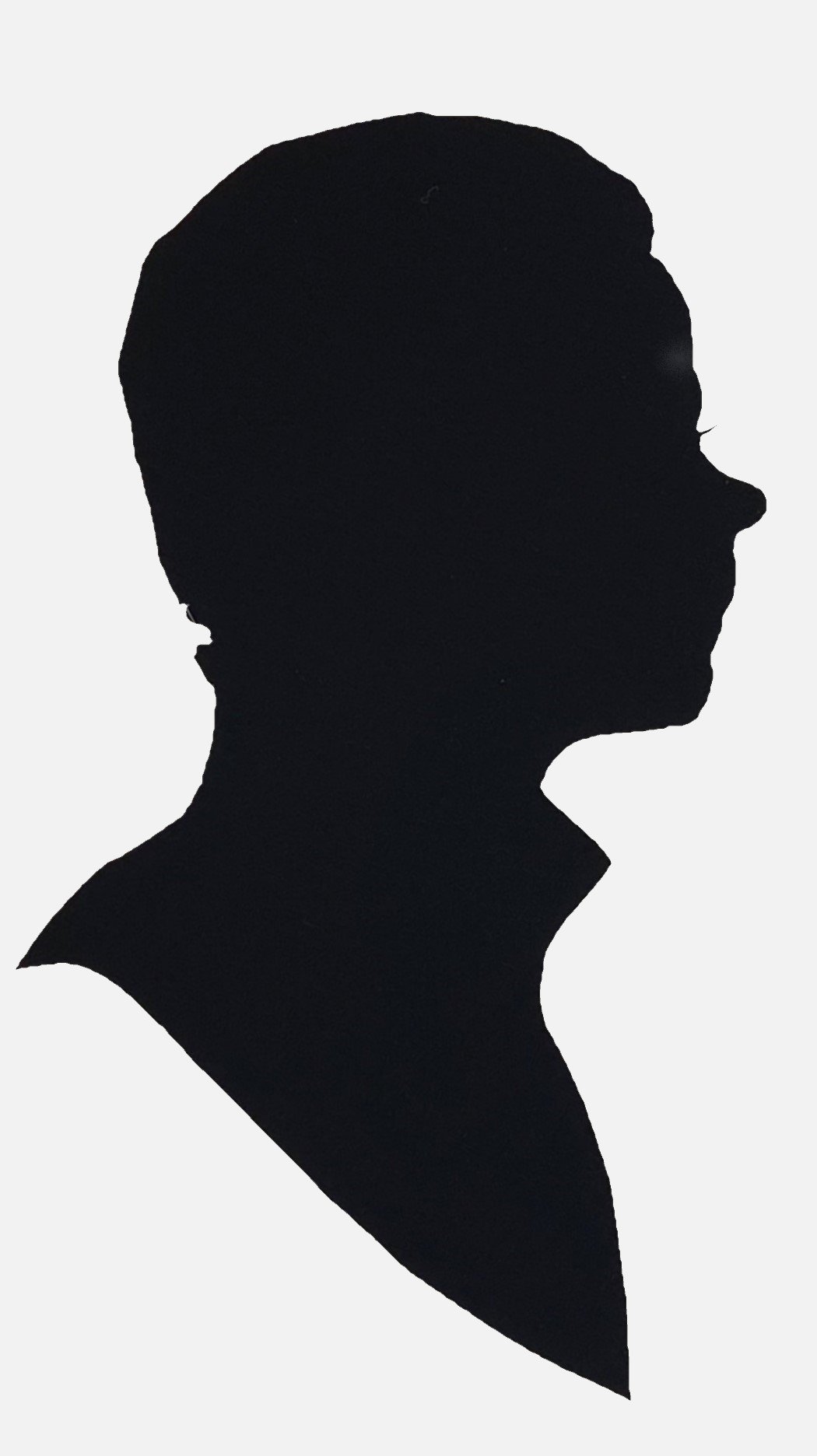Hands-on preservation in an AI world: "We are makers, crafters of things"
Last week, I had the opportunity to take a hands-on, pre-conference workshop at the Preservation Trades’ Network’s (PTN) International Preservation Trades Workshop (IPTW). For those of you who know me, you know that I love historic places, but that my role has been more on the interpreting/financing/advocating side of the preservation ledger. Most (all?) of my work happens behind a screen or in a conference room — and I probably shouldn’t be ashamed of that since I’ve had the chance to save some incredible places. However, it still feels good to get mortar under your nails and see an impact instantly.
A hands-on call to action for preservationists
Perhaps, the preservation community shouldn’t overlook the powerful value of hands-on preservation as our world careens towards an AI revolution of automation. As an industry and field, we extol the value of our work in terms of placemaking, community health, environmental impact, economic prosperity, inclusive storytelling — all equally important and critical roles for preservation to support. But, when we talk about the physical work of preservation, we (myself included) generally speak about in terms of the positive impact on careers and workforce development.
But, are we selling ourselves short?
Alex Langlands, the British historian, archaeologist and TV personality, spoke to this reality in his groundbreaking book, Craeft: An inquiry into the origins and true meaning of traditional crafts. Langlands eloquently explains,
Against a rising tide of automation and increasing digital complexity, we are becoming further divorced from the very thing that defines us: we are makers, crafters of things. When our lives once comprised an almost unbroken chain of movements and actions as we interacted physically with the material requirements of our existence, today we stare at screens and we press buttons.
How do we make this shift? How do we reconnect people to the physicality of their places and objects?
There’s no silver bullet, but programs like Touch a Trade, an initiative of Hudson Valley Preservation, is a simple but exceptionally effective concept and effort. Their short programs expose a diversity of audiences to various trades and provide them with an opportunity to go hands-on. It also provides the trades’ curious an opportunity to see if they like the general concept of whatever trade they are test-driving. With the hands-on experience completed, they are then prepped to take the next step, if that makes sense for them.
Clearly, we need much more of this — and national leadership prepared to provide these opportunities and to make the case that preservation does more than increase local tax revenues. Ultimately, the reality is that our work can also connect us to the generations that came before and preserve that which defines us as humans: we are makers, crafters of things.


